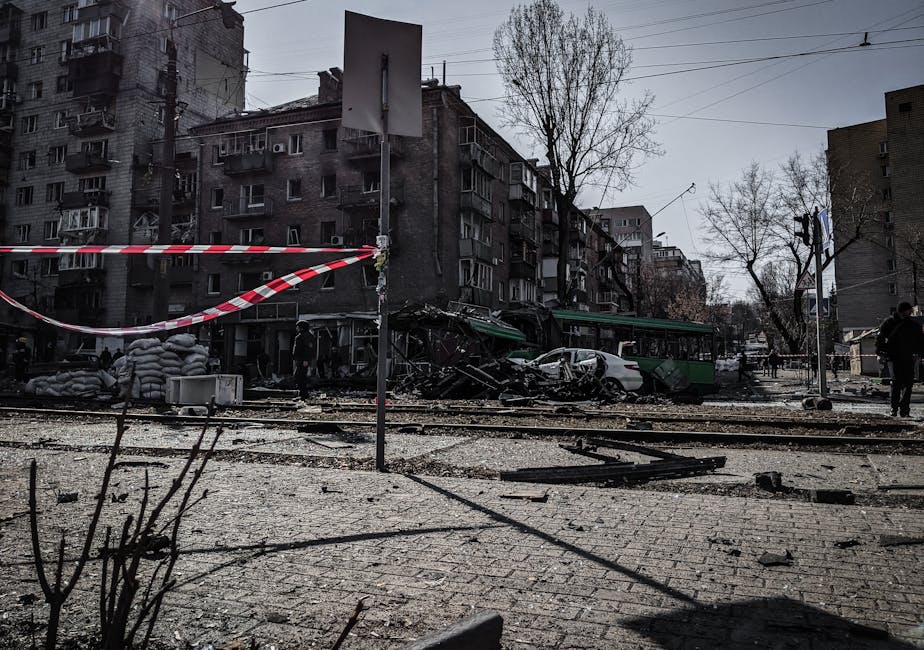The Spanish Civil War
The Spanish Civil War was a complex conflict with multiple factions. Franco's Nationalists, supported by Italy and Germany, represented conservatism and fascism. The Republicans, a mix of democrats, socialists, communists, and anarchists, were backed by the Soviet Union and international brigades.
Political tensions had been building since the Second Spanish Republic's reforms in 1931. These changes, including land redistribution and increased women's rights, unsettled traditionalists, especially in rural areas.
The war officially began in July 1936 with a military coup. Cities became fortresses and the countryside turned into battlegrounds. The Nationalists made swift advances, while the Republicans struggled with internal divisions.
Key events of the Spanish Civil War:
- The Battle of Madrid showcased Republican resistance, with defenders withstanding bombardment for nearly three years.
- The bombing of Guernica in April 1937 brought a new level of brutality to the conflict, immortalized by Picasso's painting.
By March 1939, the Nationalists were closing in on Madrid. Franco declared victory in April, ushering in a dictatorship that would reshape Spain for decades.1
The Bombing of Guernica
On April 26, 1937, Nazi Germany's Luftwaffe bombed the Basque town of Guernica, supporting Franco's Nationalist forces. This attack, aimed at crushing Basque morale, devastated the defenseless civilian town on its market day.
"Guernica was not a military objective. A factory producing war materials lay outside the town and was untouched by the bombardment. The object of the bombardment was seemingly the demoralization of the civil population and the destruction of the cradle of the Basque race." – George Steer, The Times, April 28, 1937
The bombardment lasted from midday until evening, with high-explosive and incendiary bombs reducing neighborhoods to rubble. Over 1,600 civilians died, with many more injured or left homeless. Survivors emerged to find their community in ruins, grappling with physical and psychological trauma.
This event marked one of the first instances of aerial bombardment specifically targeting civilians, foreshadowing tactics that would become common in World War II. The attack raised international outcry against fascist aggression.
Picasso's iconic painting "Guernica" captured the anguish and suffering of that day, propelling the event into global consciousness. The bombing's legacy continues to resonate as a reminder of war's consequences and the importance of safeguarding civilians in conflict.2

Picasso's Response and Creation of Guernica
Pablo Picasso, already a celebrated artist, was deeply affected by the bombing of Guernica. Initially commissioned by the Spanish Republican government for the 1937 Paris International Exhibition, Picasso found inspiration in the tragedy to create his masterpiece.
News of the bombing ignited Picasso's creative fervor. He worked intensely for 35 days, producing a mural that stood 11 feet tall and 25.6 feet wide. "Guernica" emerged as a powerful allegory of war's horrors, painted in a monochromatic palette to universalize the suffering.
Key Elements of Guernica:
- A horse rearing in agony
- A grieving mother holding her dead child
- A fallen warrior
- The bull, a recurring motif in Picasso's work, looming over the scene
Picasso's use of Cubist techniques amplifies the chaos and disarray of war. When unveiled, "Guernica" served as both a painting and a political statement. It toured extensively, becoming a visual manifesto against fascist tyranny and a beacon of hope for oppressed peoples globally.
Today, it endures as a timeless anti-war emblem, transcending its initial context to remind us of the catastrophic consequences of conflict.3
Symbolism and Analysis of Guernica
Picasso's "Guernica" is a powerful anti-war painting filled with symbolic imagery. The monochromatic palette emphasizes the stark nature of the scene, making the suffering depicted universal.
Central to the painting is the horse, representing innocence caught in conflict. Its anguished form embodies the chaos of violence. The bull, an ambivalent symbol, can be seen as representing both oppression and resilience.
Human figures add to the emotional impact:
- A wailing woman holding her dead child captures maternal grief
- A dismembered soldier symbolizes futile resistance
- Above, a light bulb contrasts with an oil lamp, possibly alluding to the dual nature of progress
Smaller symbols are interwoven throughout. Disjointed lines and fragmented anatomy convey the frenzied nature of violence. Twisted limbs and anguished eyes lend a surreal quality to the suffering.
Through these elements, Picasso expresses deep empathy and revulsion for war's atrocities. "Guernica" invites viewers to confront human brutality and bear witness to suffering. It stands as a testament to art's power to reflect and challenge the human condition.
Guernica's Impact and Legacy
Initially met with confusion at the 1937 Paris International Exhibition, "Guernica" soon gained recognition as it toured globally. The painting became a symbol of anti-war sentiment and human resilience, drawing attention to the Spanish Civil War and sparking discussions about conflict's impacts.
As it traveled, "Guernica" transformed into an emblem of resistance against tyranny. Peace organizations and social movements adopted its imagery, using it in demonstrations and publications to advocate for peace.
The painting influenced both art and political discourse:
- Modern artists began using fragmented and surreal representations to comment on social issues
- "Guernica" paved the way for politically engaged art, communicating complex messages through abstraction and symbolism
Over time, "Guernica" found new relevance in subsequent conflicts. Its reproductions appeared in protests against various wars, cementing its status as a timeless cry for peace. A notable incident occurred in 2003 when a "Guernica" reproduction at the U.N. headquarters was covered during discussions about the Iraq War, highlighting its enduring provocative power1.
After Franco's death and Spain's return to democracy, "Guernica" finally came home in 1981. It now resides in Madrid's Museo Reina Sofia, attracting art lovers and peace advocates alike.
"Guernica" continues to evoke empathy and inspire action, serving as a reminder of our shared humanity and the need to protect it from war's devastation.
Picasso's "Guernica" remains a powerful symbol of art's ability to reflect on and challenge human nature. Its message continues to resonate, encouraging us to learn from history and work towards a more peaceful future.























